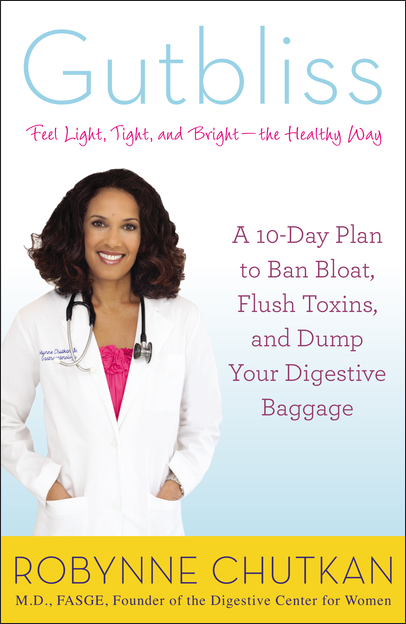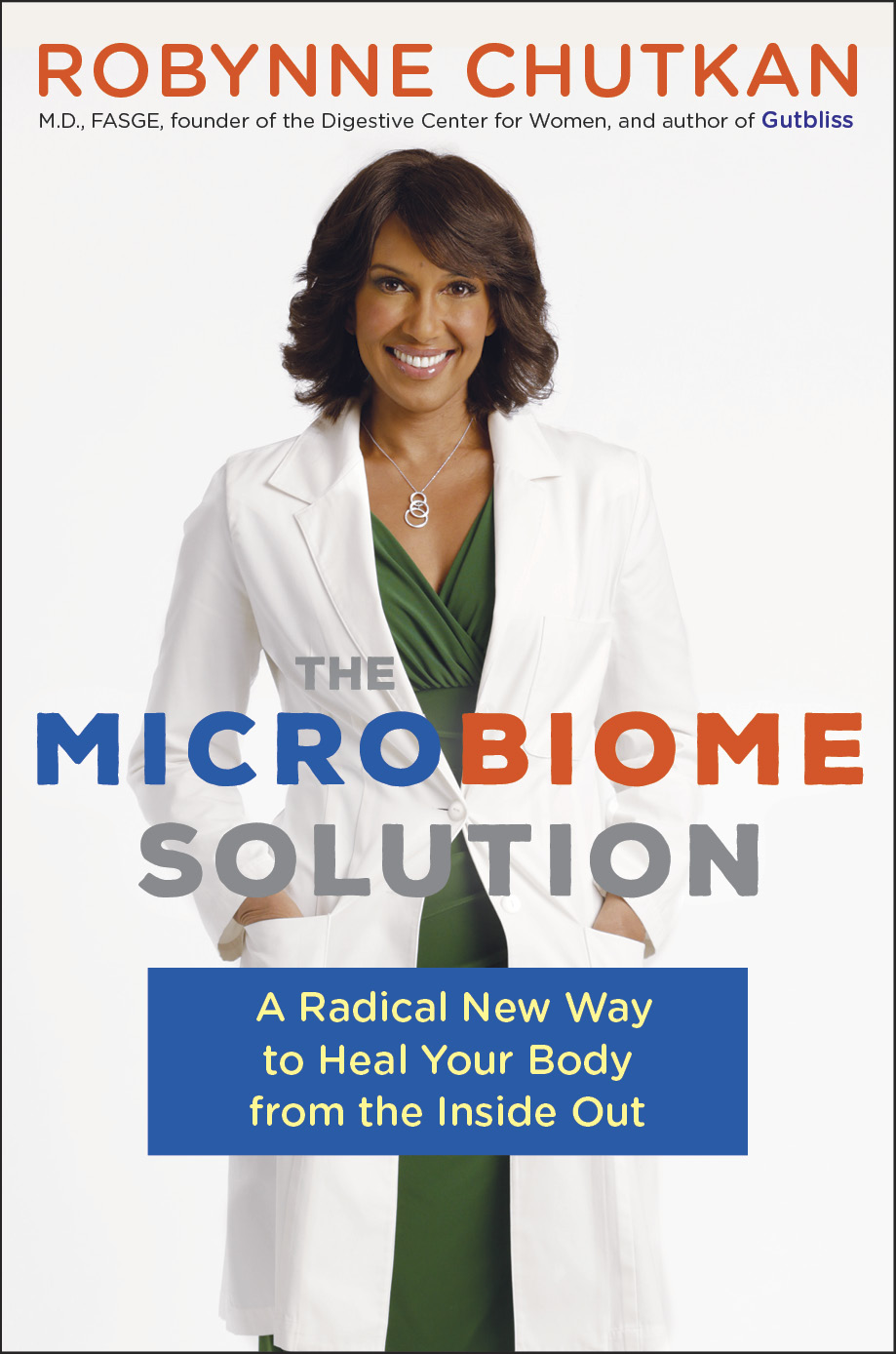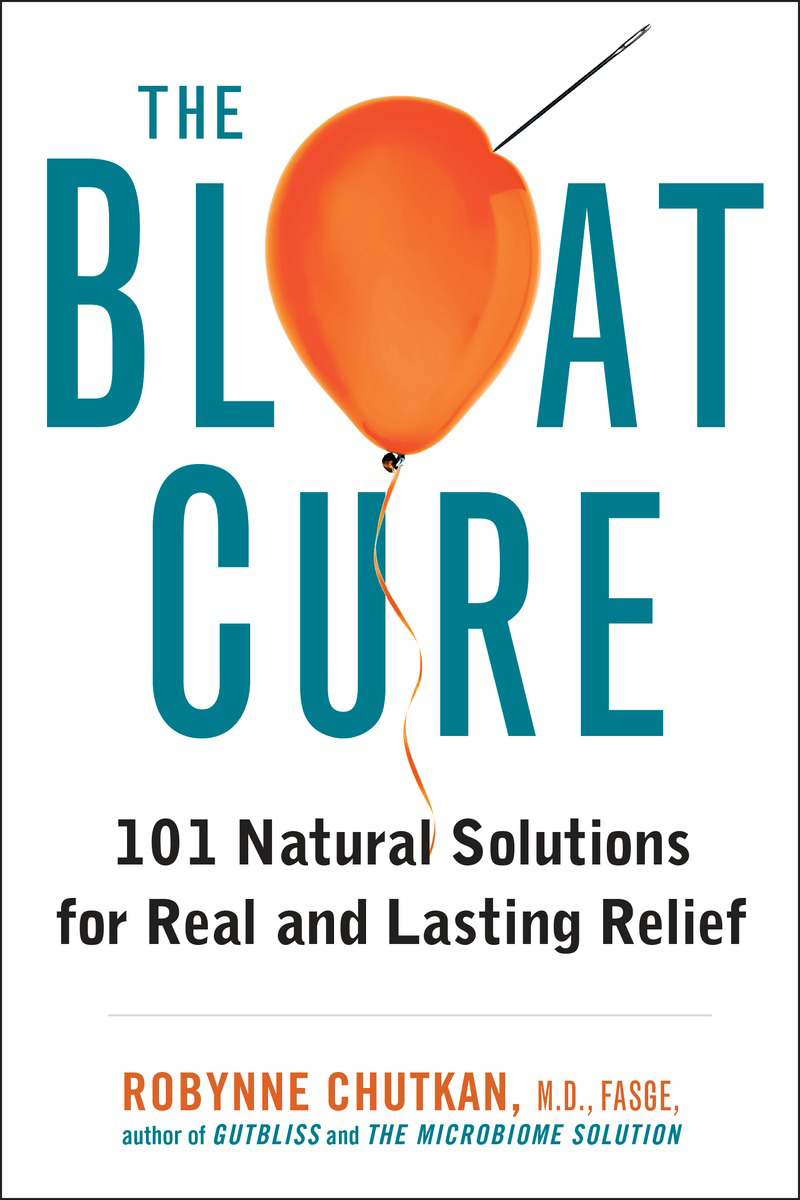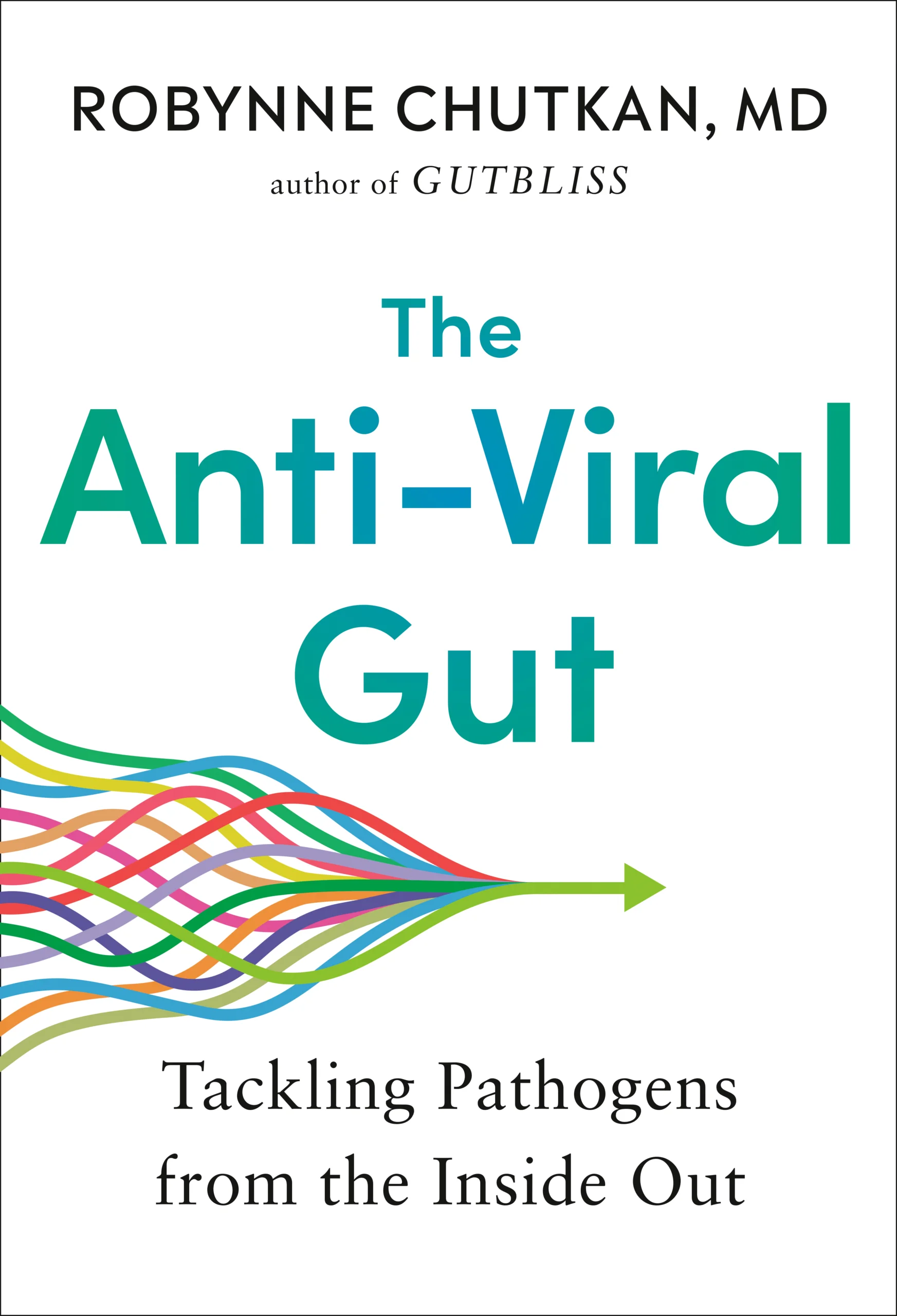In a study published in Antioxidants last year, scientists performed FMT (fecal microbiota transplantation – transferring stool from a healthy donor into the digestive tract of another in order to establish better microbial health) by taking stool samples from older mice and transferring them into younger mice. The results showed that the transplanted aged microbiome could accelerate metabolic impairment and vascular and intestinal aging, increasing the risk of cardiometabolic diseases like type 2 diabetes, non-alcoholic fatty liver disease, hypertension, atherosclerosis, coronary artery disease, heart failure, metabolic syndrome, and chronic kidney disease.
Taking the study one step further, researchers implemented diabetes treatment and exercise over a 4-week period in the middle-aged mice who received the older FMT samples and found that the intervention muted some intestinal aging markers. Based on these findings, scientists concluded that the gut microbiome is likely one of the primary catalysts for aging.
Looking for tips to cultivate a gut microbiome for longevity? Start simple. My recommendation of daily dirt, sweat, and veg is your perfect anti-aging toolkit:
- Dirt: Expose yourself to the natural world. This includes fresh air, sunlight, and skin-to-nature contact and is the best way to introduce your body daily to a large array of microbes. These microbes will not only colonize your skin but will also make their way into your gut where they can help prevent pathogens from taking hold and multiplying. Increasing gut bacteria diversity is the most effective way to improve your microbial health. Contact with dirt itself has been shown to improve mood, fight off depression and anxiety, and even prevent premature death. Exposure to green spaces has been proven to do the same. Shoot for 1 hour per day. You can even split this up into 20-minute intervals throughout the day.
- Sweat: Exercise plays a big role in balancing your gut microbiome and can help combat other lifestyle choices (such as unhealthy food choices or stress) that can cause bacterial imbalance. The most important point to make here is not to get overwhelmed by exercise. Walking out of your front door and going for a 20- to 30-minute walk is adequate in gaining the gut health benefits of exercise. It doesn’t have to be complicated. Identify when the best time is to partake in exercise during your day and get out there!
- Veg: This is our most cherished category for boosting microbial health at Gutbliss, and for some, the most challenging. Veg… it means exactly what you think it means… eat your vegetables! Vegetables are incredibly nutrient-rich, potent in virulent-fighting microbes, and the best way to promote microbial balance. I recommend consuming 6 to 8 servings of vegetables daily (one serving is equivalent to ½ cup cooked or 1 cup raw). A green smoothie is an easy way to consume at least half of these recommendations. Another tip is to practice my 1-2-3 rule: 1 vegetable at breakfast (a cucumber or some tomatoes, for instance), 2 at lunch (1 cup of raw veggies with hummus, for example), and 3 at dinner (maybe a side salad with roasted vegetables).







